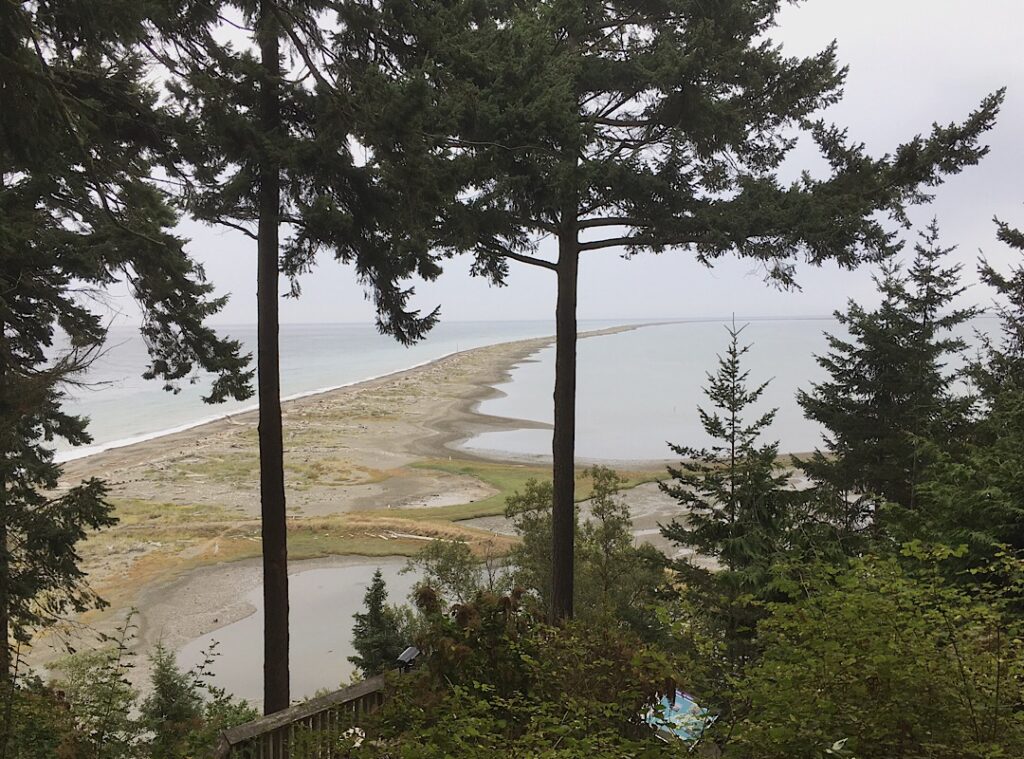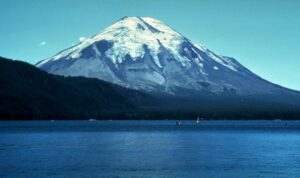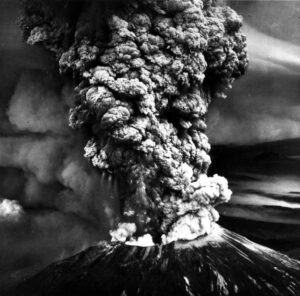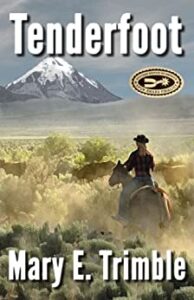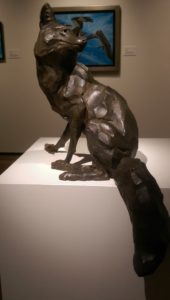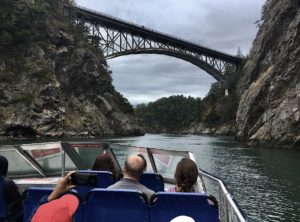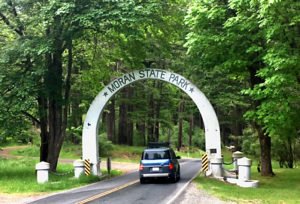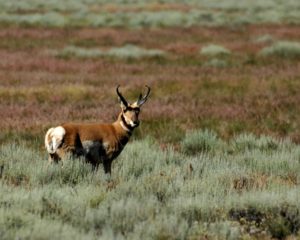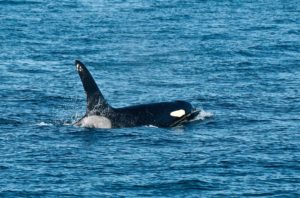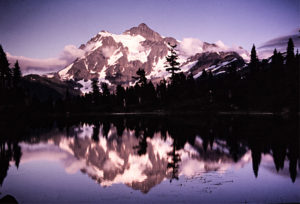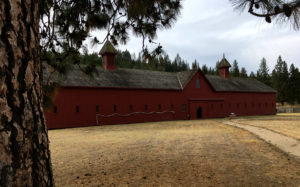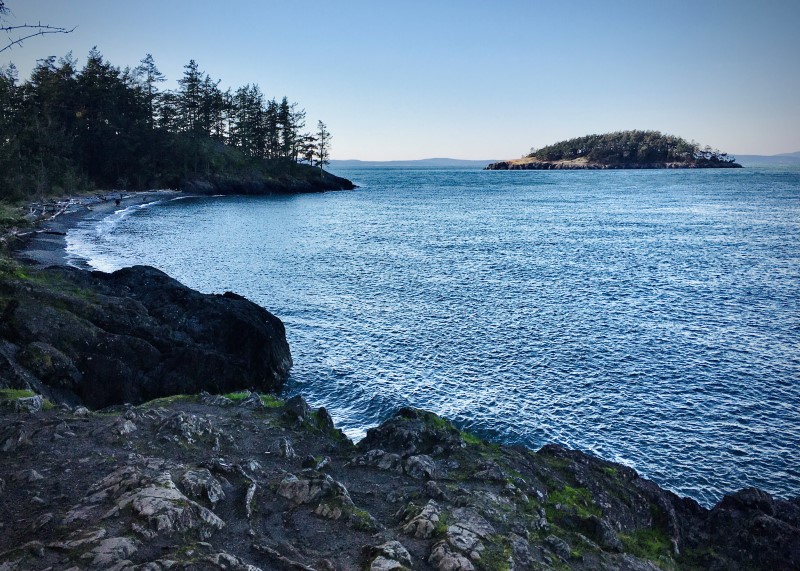
Among the many Washington treasures are its state parks. We recently camped using our truck and camper at Deception Pass State Park. The park spreads over 3,854 acres and includes both saltwater shoreline and three lakes. Located in northwest Washington, the park has three campgrounds: Cranberry Lake and Quarry Pond Campgrounds located on Whidbey Island to the south and Bowman Bay on Fidalgo Island to the north. The two islands are connected by a pair of bridges known collectively as Deception Pass Bridge.
Campsites offer ocean, mountain, forest, or lake views. Visitor facilities include utility sites with water and electricity, and tent sites. All camping spaces are equipped with a picnic table and fire ring.
In addition to superb camping, the park offers services for water activities which include two docks, boat launches and moorage. Boating, kayaking, freshwater and saltwater fishing, crabbing, swimming, and SCUBA diving are among the many water activities enjoyed at the park.
The park offers 38 miles of hiking trails through lush forest lands and along shorelines. In addition, there are 1.2 miles of ADA hiking trails, 3 miles of bike trails, and 6 miles of horse trails.
Besides soaking in nature’s bounty in our spacious site at Cranberry Lake Campground, we enjoyed a morning drive north to Anacortes, known for the Washington State Ferries dock and terminal serving San Juan Islands as well as Victoria, British Columbia. Another day we drove south to Coupeville, the county seat of Island County, and the second oldest community in Washington. Nearby Keystone is also the jumping off point via ferry to the Olympic Peninsula.
From many places in the park, visitors can see work done by the Civilian Conservation Corps (CCC) in the 1930s. At the Bowman Bay campground a CCC building was renovated in 1987 that exhibits the incredible story of the CCC’s work across the State of Washington during the Great Depression.
We recently purchased a Washington State Park off-season senior citizen pass for $75. This pass entitles pass holders to free camping and moorage between October 1 and March 31, as well as Sundays through Thursdays in April. Our three-day camping trip to Deception Pass State Park paid for this pass, so for the rest of the season our camping will be free.
Deception Pass State Park, open all year, is one of Washington’s most popular parks. Reservations are highly recommended (www.parks.state.wa.us or call (888) CAMPOUT to make reservations).


